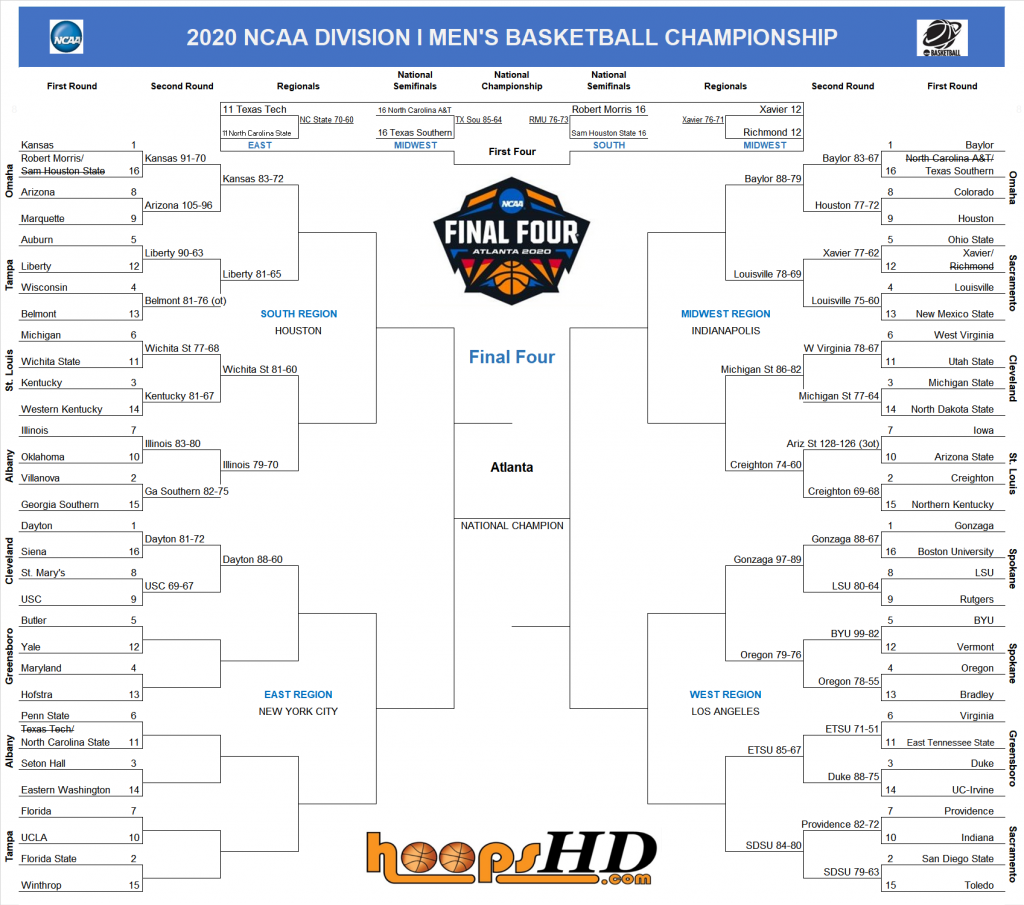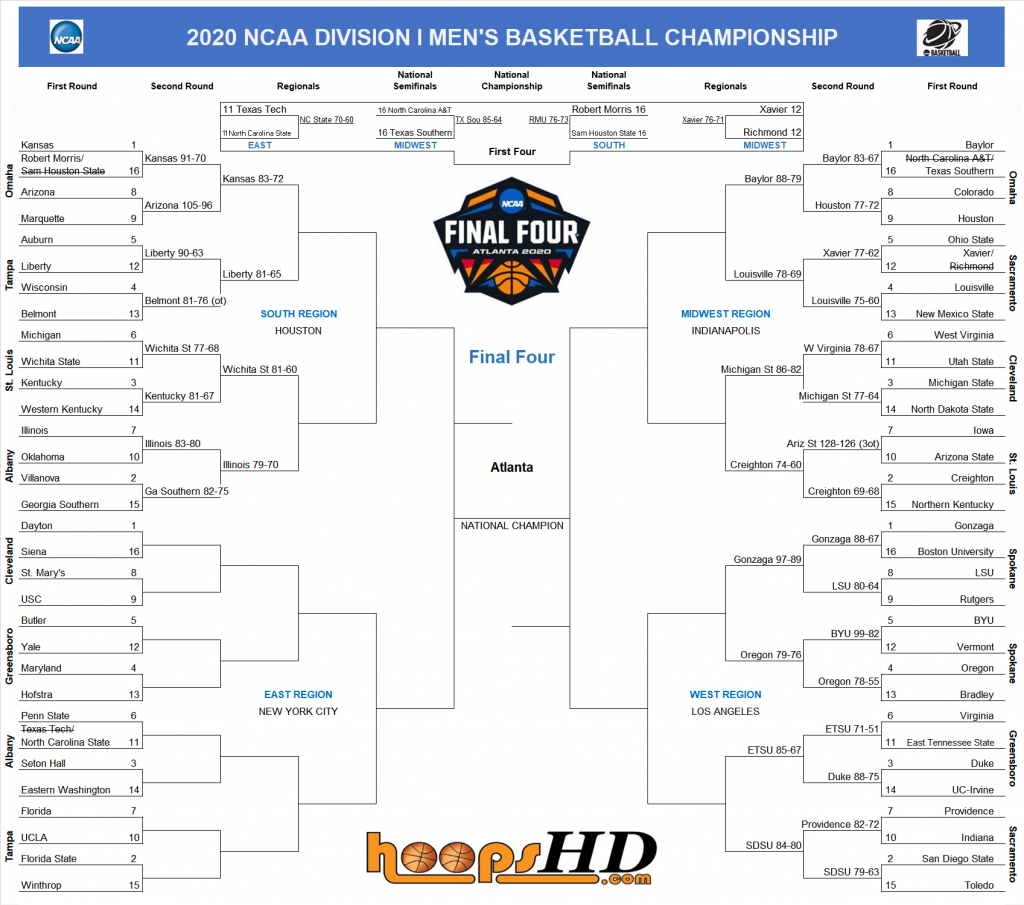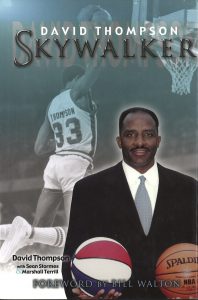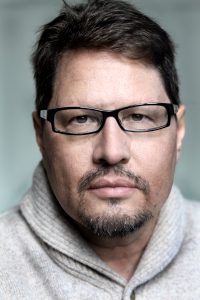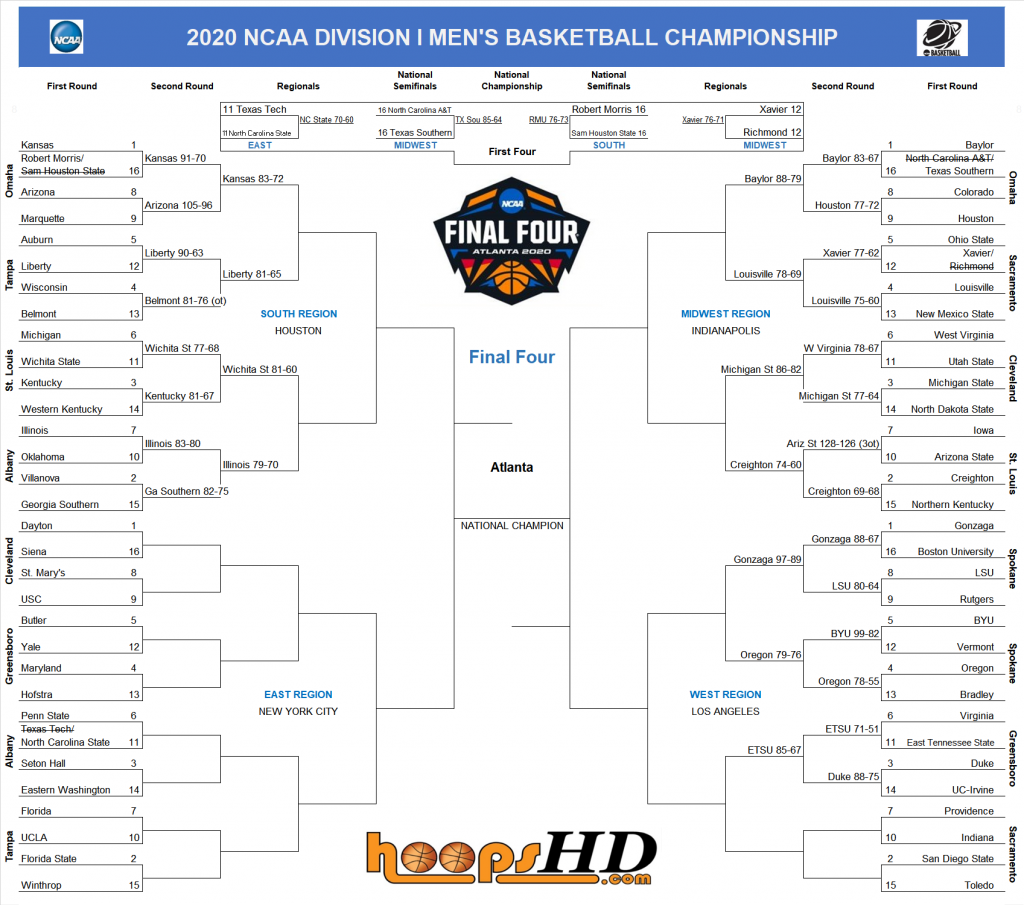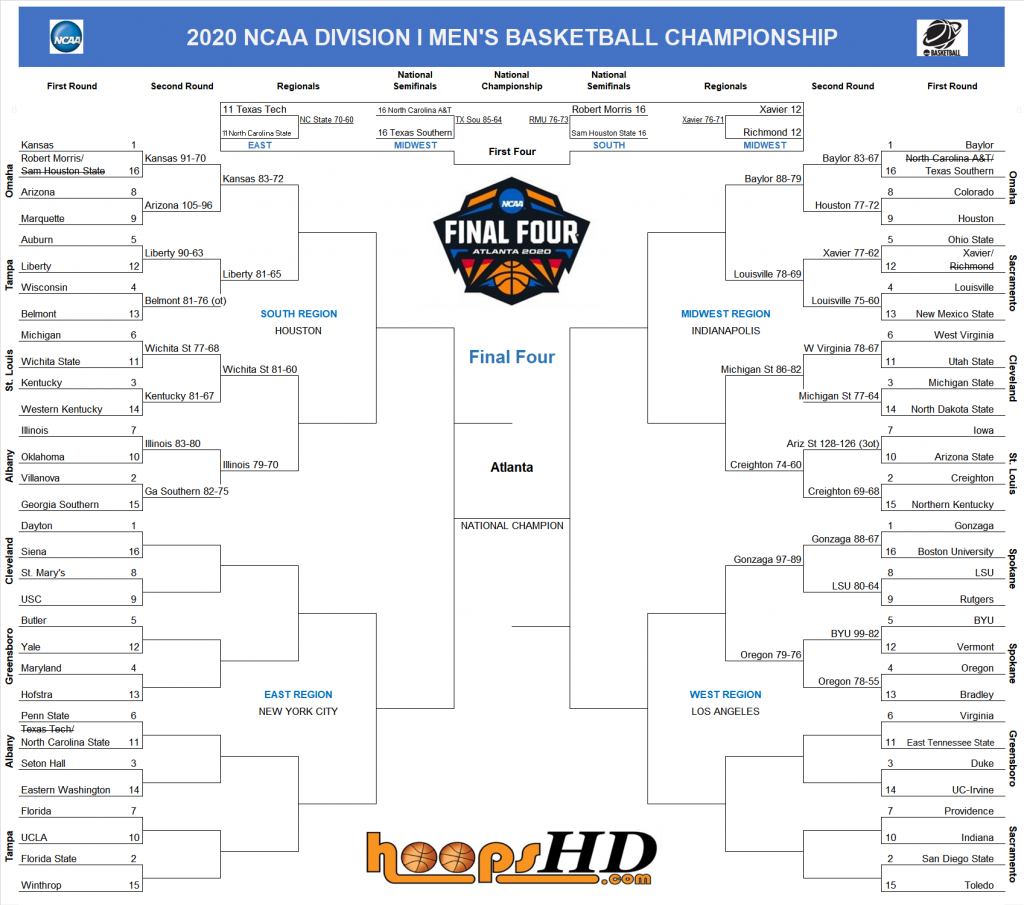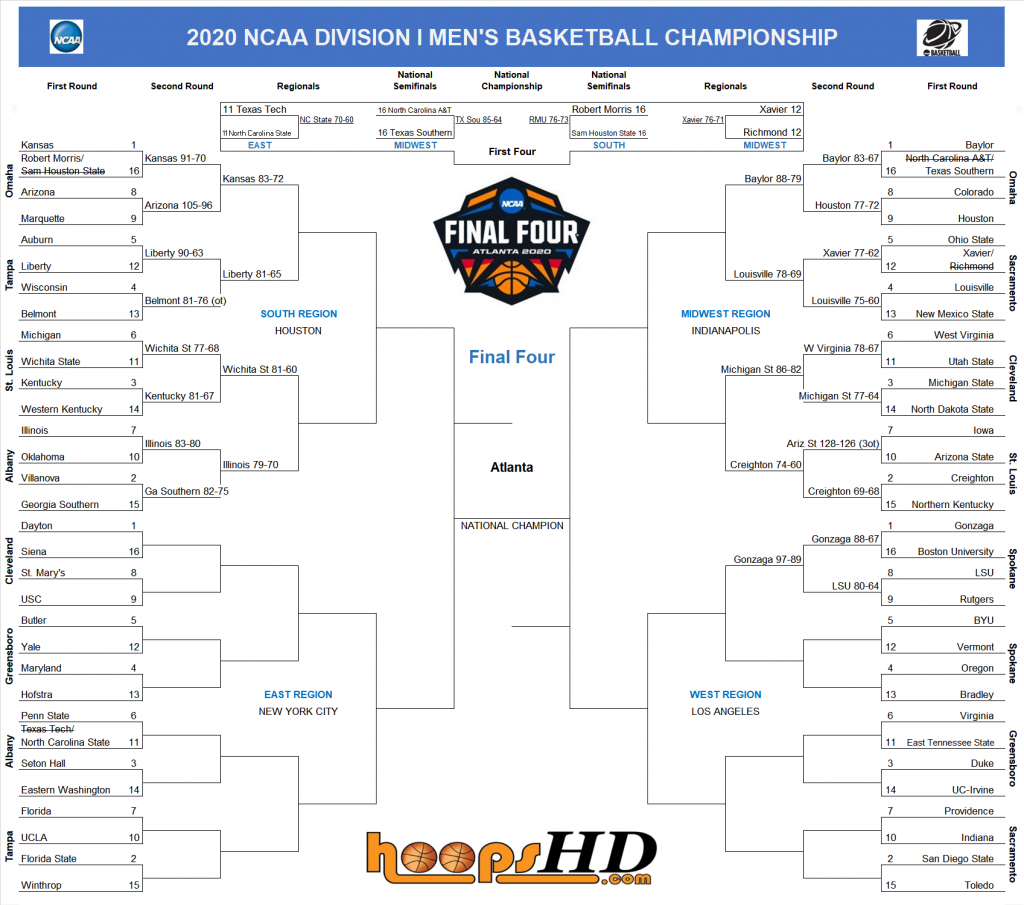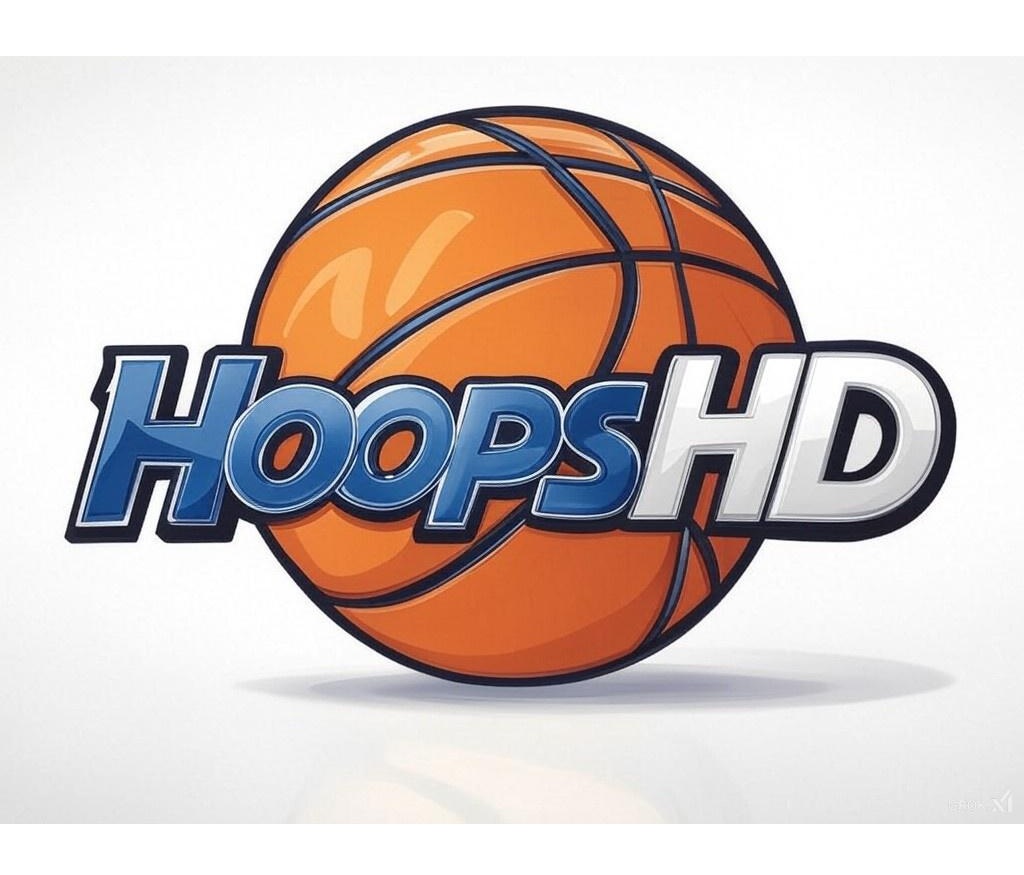HoopsHD continues its simulation of what would have happened in TTTW (The Tournament That Wasn’t). Up next it is time to continue with the First and Second rounds of the NCAA Tournament as we take a look at the first of four pods in the East Region. Cleveland, Ohio was the site of the games, and certainly provided a home court edge to the 1-seed Dayton Flyers. Dayton would begin its run at a potential Final Four by taking on the Siena Saints, while Saint Mary’s and USC were matched up in the 8 vs 9 game. Who would get the Sweet 16 spot? It is time to find out!
FIRST ROUND – EAST REGION – CLEVELAND, OHIO
(1) Dayton vs (16) Siena
The Dayton Flyers had an amazing 2019-20 season, winning 32 games and only losing a pair of overtime thrillers to Kansas and Colorado. The Flyers were a perfect 18-0 against Atlantic Ten foes during the regular season and followed that up with an A-10 tournament title as well. Making the Final Four was not going to be an easy task, but to even have that chance, the Flyers would first have to win a pair of games in Cleveland. First up was the Metro Atlantic tournament champion Siena Saints. Siena had failed to win the MAAC championship while hosting the conference tournament each of the past five years, yet with the event moved down to Atlantic City, they finally claimed the title and a spot in the Big Dance.
With the fans in Cleveland behind them, the Dayton Flyers jumped out early against Siena, building a 7-point lead 6 minutes into the game. The Saints hung tough after that, however, and were down by the same margin, 43-36, at halftime. The same toughness that allowed Siena to stay in the game in the first half was the story of the second. Every time Dayton tried to push the lead open, the Saints struck back. In fact, with just 90 seconds left to play, Siena was still within striking distance, down by only 5 points. The Flyers were able to use the pro-Dayton crowd, however, to lift them in the final minute and hung on for a hard-fought 81-72 win. Jalen Crutcher scored 18 points to lead the Flyers while Obi Toppin had 16.
Final Score: (1) Dayton 81, (16) Siena 72
(8) Saint Mary’s vs (9) USC
In the first round in the Midwest Region, Xavier and Ohio State had traveled cross-country to play each other in Sacramento, California. It only seemed appropriate therefore that a pair of California teams would exchange the favor and travel cross-country to meet in Cleveland. The second round 8 vs 9 game matched up the West Coast Conference’s Saint Mary’s Gaels against the Pac-12’s USC Trojans. The Gaels were a team that somehow found a way to hang with every opponent they played this season – including the ones they should have blown out. However, they did win 26 games, including two over BYU, and clearly deserved the single-digit seed the Committee gave them. USC, much like almost every team in the Pac-12, at times looked like the conference’s best team and at times looked like they didn’t even belong in the NIT or CBI. At the end of the day, however, Andy Enfield’s squad won 22 games and deservedly had their dance tickets punched.
8 vs 9 first round games are normally predicted to be close battles, though on occasion they have been known to be one-sided blowouts. The battle between the Gaels and Trojans proved to be the former, a hard-fought close game that was not decided until the final moments. Neither team opened a lead of greater than 5 points the entire first half and it was the Trojans that held the advantage at the break, 36-33. Southern Cal came out strong in the second half as well, not relinquishing their advantage and eventually stretching the lead to 11 points with 6:30 left to play. The Gaels were not done, however, as 3-pointers by Jordan Ford and Malik Fitts pulled St. Mary’s to within a single point with only 6 seconds left on the clock. After Ethan Anderson made only one of two free throws, St. Mary’s had one last chance. Jordan Ford got a good look from beyond the arc at the buzzer, but his shot clanked off the rim and USC had the win, 69-67, and a shot at top-seeded Dayton in the second round.
Final Score: (9) USC 69, (5) Saint Mary’s 67
SECOND ROUND – EAST REGION – CLEVELAND, OHIO
(1) Dayton vs (9) USC
The Dayton Flyers had survived their first round test against Siena, though had certainly not looked dominant in doing so. USC had managed to hold on, after almost blowing an 11-point lead late, to knock off Saint Mary’s in their opener. It was therefore by no means a certainty that top-seeded Dayton would punch a ticket for the Sweet 16 in New York City in the second round matchup. The Flyers did, however, once again have a huge advantage in fan support, with the vast majority of those in attendance in Cleveland pulling for them to win.
The first 14 minutes of the game were close, with Dayton carrying only the smallest of leads most of the way. With 6 minutes left to play in the first half, Dayton’s lead was at a narrow 25-22. That is when the Flyers decided to wake up. When the halftime buzzer sounded, Dayton had just finished a 15-0 run and was now in front 40-22. An 18-point deficit was simply too much for the Trojans to overcome in front of a hostile crowd, and the second half was simply no contest. Dayton had the 88-60 blowout win behind 18 points each from Obi Toppin and Jalen Crutcher and a double-double from Trey Landers. The Flyers were moving on to the Sweet 16 at Madison Square Garden and the Trojans were flying back home to Southern California.
Final Score: (1) Dayton 88, (9) USC 60

